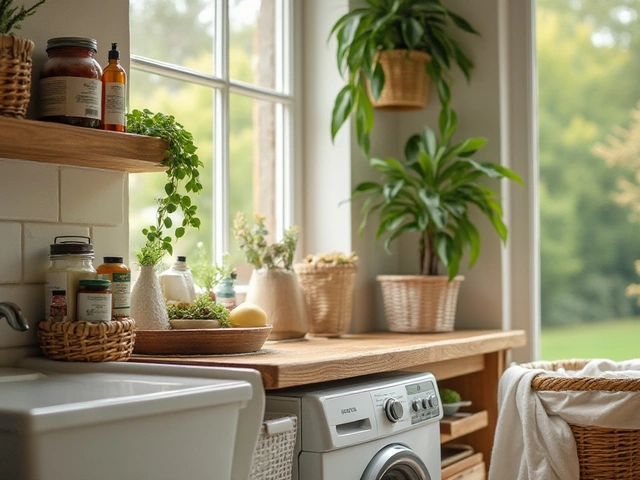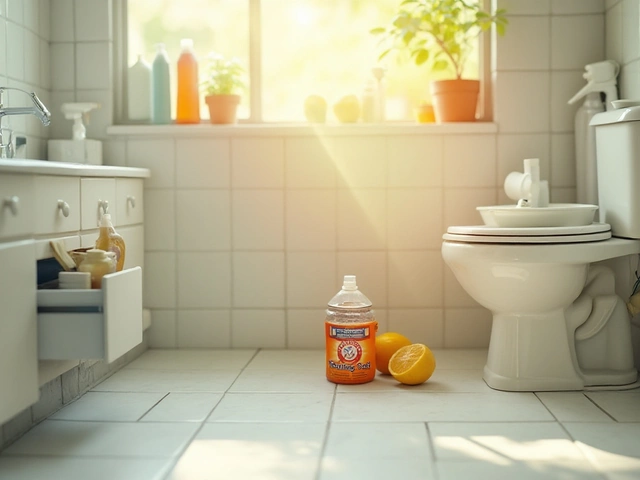Pressure Washing Tips: Boost Your Cleaning Game
When working with pressure washing, the process of using a high‑pressure water spray to clean surfaces like driveways, decks, and house walls. Also known as power washing, it removes grime, mold, and oil without harsh chemicals. The tool that makes it happen is a pressure washer, a machine that delivers water at adjustable PSI (pounds per square inch) and GPM (gallons per minute). Proper safety, including eye protection, slip‑resistant shoes, and correct nozzle selection, is essential to avoid injuries and equipment damage.
Pick the Right Power for the Job
Not every surface needs the same force. Light‑weight decks respond well to 1,500‑2,000 PSI, while stubborn oil stains on concrete may require 3,000 PSI or more. Remember the rule: higher pressure equals faster cleaning but also higher risk of surface erosion. Test a small hidden area first, then adjust the pressure gauge accordingly. Using a lower GPM setting reduces water waste and keeps the runoff manageable, which is especially useful in residential neighborhoods with water restrictions.
Surface preparation is the hidden hero of any successful clean. Sweep away loose debris, rinse off excess dirt, and let the area dry before you start blasting. Moisture trapped under a high‑pressure stream can turn into steam and lift paint or sealant layers. A quick pre‑rinse with a garden hose softens grime and makes the main pressure pass more effective, cutting down on the number of passes you need.
Nozzle choice directly shapes the spray pattern and impact force. A 0° nozzle creates a pinpoint jet—great for stubborn rust spots but risky on delicate wood. A 15° fan spreads water over a broader area, ideal for general cleaning of patios. The 25° tip is the workhorse for most exterior jobs, delivering enough power to lift dirt without gouging a surface. Switching tips on the fly keeps you in control and prevents over‑cleaning.
When you’re ready to give a client a price, a clear and detailed quote builds trust. Start by measuring the square footage of each surface, then factor in variables: surface type, required pressure level, travel time, and any pre‑ or post‑treatment chemicals. Break the estimate into line items—equipment rental, labor, detergent, and disposal fees—so the customer sees where the money goes. Transparent quoting also helps you avoid under‑pricing, a common pitfall for new operators.
Thinking about turning your hobby into a profit centre? A successful pressure washing business hinges on more than just a sturdy washer. You’ll need public liability insurance, a reliable vehicle, and marketing chops to reach homeowner and commercial clients. Start small, track expenses, and reinvest in higher‑capacity equipment as demand grows. Many UK entrepreneurs report a 30‑40 % profit margin once they master efficient scheduling and upsell services like deck sealing or gutter cleaning.
Pressure washing isn’t the only way to revive an exterior. Soft washing uses low‑pressure water mixed with biodegradable cleaners to kill algae and mold on roofs and siding. It’s gentler on fragile surfaces and reduces the risk of wind‑blown debris. If you’re dealing with historic brickwork, consider a diluted vinegar solution applied by hand before a light rinse—this method preserves the masonry while still removing mineral stains.
Eco‑friendly cleaning is increasingly important. Look for detergents certified by the EU Ecolabel or the UK’s Green Seal. These products break down naturally, minimizing runoff impact on local waterways. Pairing a low‑phosphate cleaner with a moderate pressure setting can achieve the same shine as a high‑pressure blast with harsher chemicals, saving both water and energy.
Now that you’ve got the basics, the articles below dive deeper into each topic. From DIY equipment hacks to advanced quoting formulas, you’ll find step‑by‑step guides, profit breakdowns and safety checklists that turn theory into results. Browse the collection and start applying these proven tactics to your next clean.






